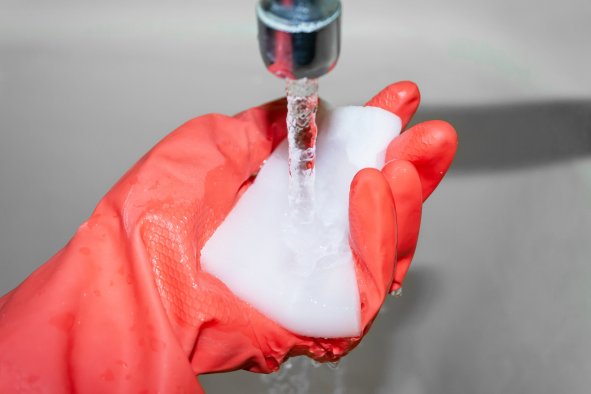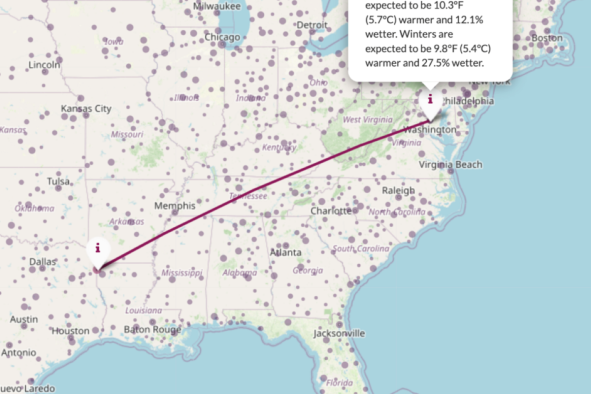Icelandic authorities are rushing to block volcanic lava from reaching a power plant near an erupting volcano.
The volcanic eruption in the Icelandic town of Grindavík is ongoing, with lava posing a threat to nearby infrastructure. Now, urgent measures must be taken to prevent the lava from reaching the Svartsengi Power Plant.
Read more: Learn More About Emergency Funds and Where to Keep Them
The latest eruption, which began in late May, is the fifth in the area since December 2023. It has been marked by vigorous lava flows, some of the highest recorded in recent activity, covering main roads and threatening infrastructure in Grindavík and surrounding areas.
Emergency teams have been using water from fire trucks to cool the advancing lava, Iceland Review reported. Although simple, this method requires large amounts of water and heavy-duty pumps.
Einar Sveinn Jónsson, chief of the Grindavík Fire Department, told the news outlet that they are aiming to halt the lava's progress and protect the power plant and other key facilities.
Read more: Discover the Right Bank Account for Your Finances
In addition to cooling efforts, authorities have started to construct barriers around the power plant and nearby areas.
These barriers are designed to redirect or stop the lava flow before it can cause significant damage. Built from gravel and soil, the barriers are expected to be 20 to 26 feet high and will reportedly take several weeks to complete.
The Icelandic Parliament has approved funding for these barriers through a tax on property owners, indicating the country's commitment to the critical project. The government has allocated nearly ISK 500 million ($3.6 million) for the purchase of specialized equipment needed for lava cooling, Iceland Review reported.
Read more: How to Build an Emergency Fund
The equipment, which includes powerful pumps and long pipelines, is also capable of combating wildfires, providing a versatile tool in the country's emergency response arsenal.
The method of using water to cool lava was last employed during the 1973 eruption on the Westman Islands. While technically straightforward, the process demands significant water resources and robust infrastructure to be effective. Despite these challenges, the Icelandic emergency services are committed to deploying all available resources to protect the Svartsengi Power Plant and the surrounding communities.
These efforts underscore the high stakes involved in safeguarding critical infrastructure from natural disasters. As lava continues to flow from the eruption site, authorities are monitoring the situation closely.
Do you have a tip on a science story that Newsweek should be covering? Do you have a question about volcanoes? Let us know via science@newsweek.com.
Disclaimer: The copyright of this article belongs to the original author. Reposting this article is solely for the purpose of information dissemination and does not constitute any investment advice. If there is any infringement, please contact us immediately. We will make corrections or deletions as necessary. Thank you.



